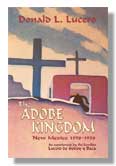 THE ADOBE KINGDOM
THE ADOBE KINGDOMNew Mexico 1598 - 1958 as Experienced by the Families Lucero de Godoy y Baca
By Donald L. Lucero
"Superbly researched and written, the true history of two New Mexico families through four centuries." --Michael L. Olsen, Ph.D.
Professor of History, New Mexico Highlands University Order from Sunstone: (505) 988-4418 The Adobe Kingdom is one of those rare things: the true story of two families across twelve generations. They came to New Mexico seeking a new homeland, not to initiate a new society but to transplant an old one. What they found, as they lived their lives in what they came to believe was one of the most beautiful places on earth, was a forbidding land, both hostile and nurturing, and not unlike the land they had left behind. Their daily contact with its remarkable landscape assured that they would remain a pastoral people centered on their herds and flocks and, at once, one with the land. Culturally isolated and little disturbed by outside influences for over two and one-half centuries, they retained their way of life.
Yearning for his roots and for a return to the land of his birth, Donald Lucero follows two families across twelve generations, from their entry into New Mexico at La Toma del Rio del Norte, in 1598, to their achievement of statehood in 1912 and beyond. This account of their journey, littered with both joys and sorrows, invites the reader to share in the New Mexico experience.
Lucero is a former resident of Las Vegas, New Mexico, where he was born in his father's home, formerly the home of his paternal grandfather. He was educated in the Las Vegas schools through college, where in 1958 he received his B. A. in history from New Mexico Highlands University. After service with the U. S. Army, he served a two-year commitment with the U. S. Peace Corps in Colombia, South America. He then returned to New Mexico on a Peace Corps Preferential Fellowship to pursue graduate work in Counseling at the University of New Mexico. He received his M.A. in Counseling from this institution in 1965 and returned to complete his doctorate in Counseling Psychology in 1970.
Since completion of a post-doctoral fellowship in Community Psychiatry and a second master's degree in Mental Health Administration at the University of North Carolina Medical School and School of Public Health, he has held several clinical and administrative positions in mental health. Dr. Lucero, a licensed psychologist, conducts a private practice in psychology in Raynham Massachusetts. He is also the author of A Nation of Shepherds and The Rosas Affair, both from Sunstone Press. Sample Chapter
Softcover:
eBook:
Secure Movie & TV Rights
Website: http://books.google.com/books?id=xBm7ZGkXQJkC&dq=9780865346697&source=gbs_navlinks_s
Hardcover:
ISBN: 978-1-63293-337-9
384 pp.,$34.95
6 X 9
ISBN: 978-0-86534-669-7
384 pp.,$26.95
ISBN: 978-1-61139-153-4
384 pp.,$4.99
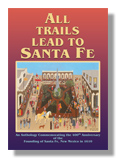 ALL TRAILS LEAD TO SANTA FE
ALL TRAILS LEAD TO SANTA FE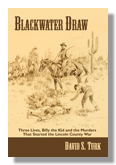 BLACKWATER DRAW
BLACKWATER DRAW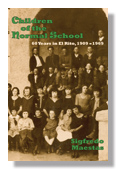 CHILDREN OF THE NORMAL SCHOOL
CHILDREN OF THE NORMAL SCHOOL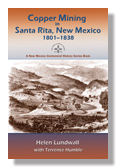 COPPER MINING IN SANTA RITA, NEW MEXICO, 1801-1838
COPPER MINING IN SANTA RITA, NEW MEXICO, 1801-1838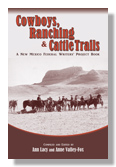 COWBOYS, RANCHING & CATTLE TRAILS
COWBOYS, RANCHING & CATTLE TRAILS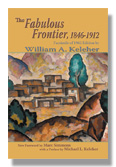 THE FABULOUS FRONTIER, 1846-1912
THE FABULOUS FRONTIER, 1846-1912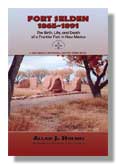 FORT SELDEN, 1865-1891
FORT SELDEN, 1865-1891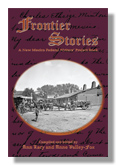 FRONTIER STORIES
FRONTIER STORIES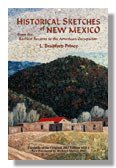 HISTORICAL SKETCHES OF NEW MEXICO
HISTORICAL SKETCHES OF NEW MEXICO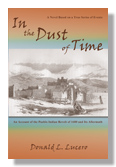 IN THE DUST OF TIME
IN THE DUST OF TIME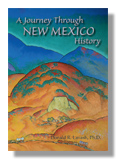 A JOURNEY THROUGH NEW MEXICO HISTORY
A JOURNEY THROUGH NEW MEXICO HISTORY JUAN DE ONATE'S COLONY IN THE WILDERNESS
JUAN DE ONATE'S COLONY IN THE WILDERNESS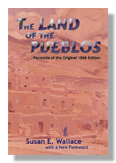 THE LAND OF THE PUEBLOS
THE LAND OF THE PUEBLOS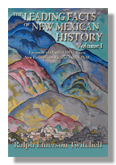 THE LEADING FACTS OF NEW MEXICAN HISTORY, VOL I
THE LEADING FACTS OF NEW MEXICAN HISTORY, VOL I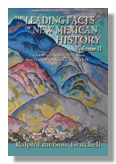 THE LEADING FACTS OF NEW MEXICAN HISTORY, VOL. II
THE LEADING FACTS OF NEW MEXICAN HISTORY, VOL. II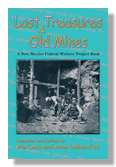 LOST TREASURES & OLD MINES
LOST TREASURES & OLD MINES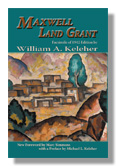 MAXWELL LAND GRANT
MAXWELL LAND GRANT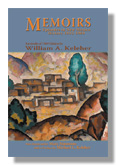 MEMOIRS
MEMOIRS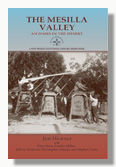 THE MESILLA VALLEY
THE MESILLA VALLEY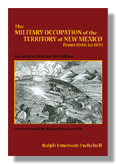 THE MILITARY OCCUPATION OF THE TERRITORY OF NEW MEXICO, 1846-1851
THE MILITARY OCCUPATION OF THE TERRITORY OF NEW MEXICO, 1846-1851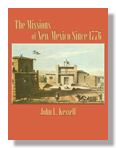 THE MISSIONS OF NEW MEXICO Since 1776
THE MISSIONS OF NEW MEXICO Since 1776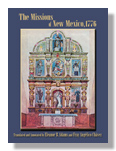 THE MISSIONS OF NEW MEXICO, 1776
THE MISSIONS OF NEW MEXICO, 1776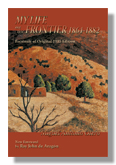 MY LIFE ON THE FRONTIER, 1864-1882
MY LIFE ON THE FRONTIER, 1864-1882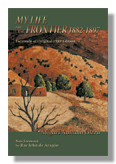 MY LIFE ON THE FRONTIER, 1882-1897
MY LIFE ON THE FRONTIER, 1882-1897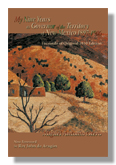 MY NINE YEARS AS GOVERNOR OF THE TERRITORY OF NEW MEXICO, 1897-1906
MY NINE YEARS AS GOVERNOR OF THE TERRITORY OF NEW MEXICO, 1897-1906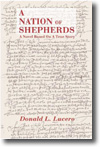 A NATION OF SHEPHERDS
A NATION OF SHEPHERDS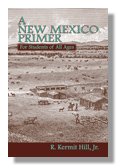 A NEW MEXICO PRIMER FOR STUDENTS OF ALL AGES
A NEW MEXICO PRIMER FOR STUDENTS OF ALL AGES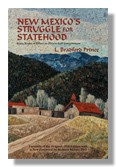 NEW MEXICO'S STRUGGLE FOR STATEHOOD
NEW MEXICO'S STRUGGLE FOR STATEHOOD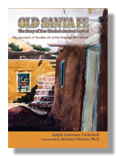 OLD SANTA FE
OLD SANTA FE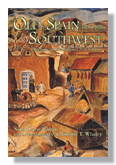 OLD SPAIN IN OUR SOUTHWEST
OLD SPAIN IN OUR SOUTHWEST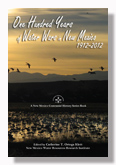 ONE HUNDRED YEARS OF WATER WARS IN NEW MEXICO, 1912-2012
ONE HUNDRED YEARS OF WATER WARS IN NEW MEXICO, 1912-2012 THE OTHER STATE, NEW MEXICO USA
THE OTHER STATE, NEW MEXICO USA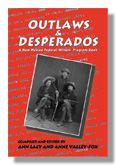 OUTLAWS & DESPERADOS
OUTLAWS & DESPERADOS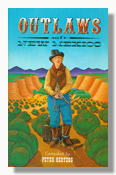 OUTLAWS OF NEW MEXICO
OUTLAWS OF NEW MEXICO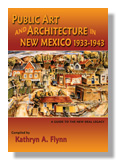 PUBLIC ART AND ARCHITECTURE IN NEW MEXICO, 1933-1943
PUBLIC ART AND ARCHITECTURE IN NEW MEXICO, 1933-1943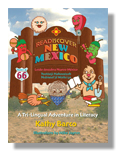 READiscover NEW MEXICO
READiscover NEW MEXICO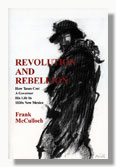 REVOLUTION AND REBELLION
REVOLUTION AND REBELLION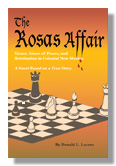 THE ROSAS AFFAIR
THE ROSAS AFFAIR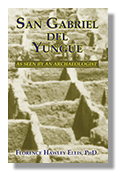 SAN GABRIEL DEL YUNGUE
SAN GABRIEL DEL YUNGUE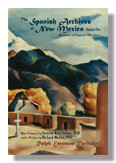 THE SPANISH ARCHIVES OF NEW MEXICO, VOLUME ONE
THE SPANISH ARCHIVES OF NEW MEXICO, VOLUME ONE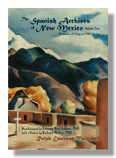 THE SPANISH ARCHIVES OF NEW MEXICO, VOLUME TWO
THE SPANISH ARCHIVES OF NEW MEXICO, VOLUME TWO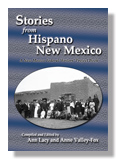 STORIES FROM HISPANO NEW MEXICO
STORIES FROM HISPANO NEW MEXICO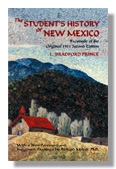 THE STUDENT'S HISTORY OF NEW MEXICO
THE STUDENT'S HISTORY OF NEW MEXICO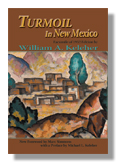 TURMOIL IN NEW MEXICO, 1846-1868
TURMOIL IN NEW MEXICO, 1846-1868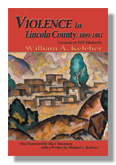 VIOLENCE IN LINCOLN COUNTY, 1869-1881
VIOLENCE IN LINCOLN COUNTY, 1869-1881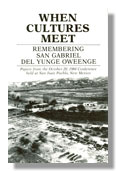 WHEN CULTURES MEET
WHEN CULTURES MEET